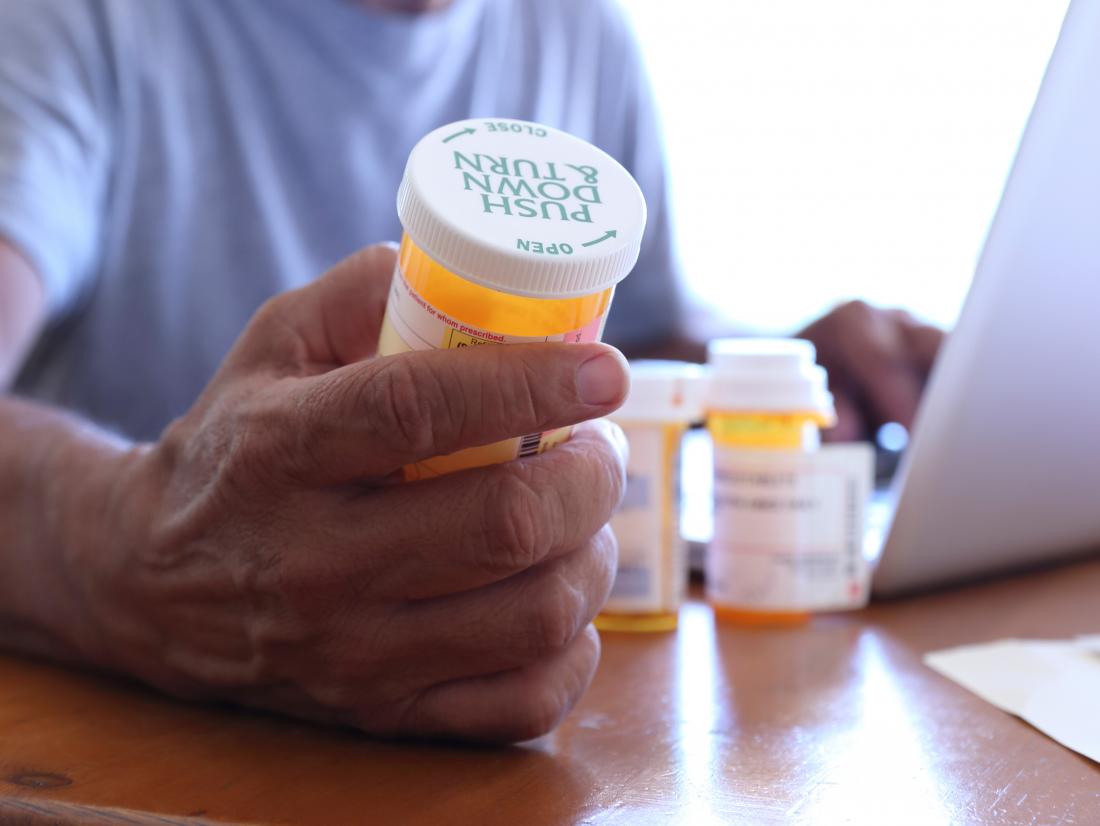Doctors often prescribe Xanax for generalized anxiety disorder or panic disorder. It is one of the most widely used medications for these conditions, and it belongs to a class of drugs called benzodiazepines, or “benzos.”
Xanax works by increasing the effects of gamma-aminobutyric acid, a neurotransmitter in the brain that increases feelings of calmness.
This article looks at how long the effects of Xanax last, the timeline for withdrawal, and various factors that affect this timing. It also describes when Xanax expires and how to dispose of old medication.
When does Xanax start to work?

People usually feel the effects of Xanax within 1 hour.
The body absorbs Xanax quickly after a person takes it.
Peak levels in the blood occur 1–2 hours after taking a dose. However, the person feels effects before levels peak.
One study, which examined the effects of Xanax in 14 healthy people, found that participants felt the effects in under 1 hour, with an average onset time of 49 minutes.
How long does Xanax stay in the body?
Like many drugs, Xanax stays in the body long after a person stops feeling its effects.
Experts use a measurement called half-life to determine how long a drug stays in the body. Half-life is the amount of time that it takes for the body to eliminate half of the medication.
The half-life for Xanax is 8–16 hours in a healthy person, with a mean half-life of 11 hours. This is shorter than that of many other benzodiazepines.
The term “half-life” can be misleading, however. This is because it takes four to five half-lives for the body to completely eliminate a drug. This means that it may take an average of 44–55 hours, or about 2 days, for Xanax to leave the body.
In one study, researchers reported that they could detect Xanax in a person’s saliva for up to 2.5 days after the last dose.
What affects how Xanax works?
The half-life for Xanax can vary from person to person — several factors can affect how quickly the body processes it.
Factors that may change the half-life of Xanax include:
- being older
- being of Asian descent
- smoking
- having obesity
- having alcohol use disorder
- having kidney problems
- having liver problems
All of these factors can increase the time that it takes for the body to eliminate Xanax completely.
Which drugs can interfere with processing Xanax?
Some medications reduce the activity of CYP3A, a liver enzyme that helps process Xanax and eliminate it from the body. These medications are called CYP3A inhibitors.
Taking a CY3PA inhibitor with Xanax means that the body will take longer to process the drug. This can cause Xanax to build up in the blood and increase the risk of serious side effects.
Only take a CYP3A inhibitor with Xanax if a healthcare provider recommends it.
The following are some CYP3A inhibitors:
- oral contraceptives, or birth control pills
- azole antifungal agents, including ketoconazole and itraconazole, which can treat certain fungal infections
- cimetidine, which reduces stomach acid and treats stomach ulcers, gastric reflux, and other digestive problems
- selective serotonin reuptake inhibitor antidepressants, including fluvoxamine and fluoxetine
It is possible that Xanax could interact with some other medications and substances, including:
- diltiazem
- isoniazid
- macrolide antibiotics, such as erythromycin and clarithromycin
- grapefruit juice
Xanax and opioids

Opioids are available by prescription.
Opioids are prescription pain relievers that block pain signals in the brain. Xanax can interact with opioids, and the interactions can be severe.
Opioids include:
- fentanyl
- morphine
- codeine
- oxycodone
- hydrocodone
Taking Xanax and opioids can cause a fatal overdose, in addition to severe interactions. This is because both opioids and Xanax slow a person’s breathing, and combining them may cause breathing to stop.
If a person has been taking an opioid pain reliever, they should talk with their healthcare provider before taking Xanax. Likewise, anyone taking Xanax should speak with a doctor before taking an opioid.
How long does Xanax withdrawal last?
People can become dependent on Xanax, even if they take it as prescribed. The risk of dependency is increased if a person takes a higher dosage for a longer period.
When a person stops taking Xanax after their body has become used to receiving the drug, the lack of the drug can cause a range of physical and mental symptoms. These are called withdrawal symptoms.
Withdrawal symptoms for short acting benzodiazepines, including Xanax, may begin 1–2 days after the last dose. They may last for at least 2–4 weeks.
However, in 10–25% of long term benzodiazepine users, withdrawal symptoms may last for 12 months or longer. This is called protracted withdrawal.
Xanax withdrawal can be dangerous. Symptoms include:
- headaches
- sweating
- sensitivity to light or sound
- muscle twitching
- muscle cramps
- insomnia and other sleep problems
- blurred vision
- diarrhea
- trouble thinking or concentrating
- panic attacks
- anxiety
- seizures, including grand mal seizures
A doctor can help a person gradually reduce their Xanax dosage. This is called tapering. Tapering can minimize the risk of serious withdrawal symptoms, including seizures.
Although withdrawal can be difficult, tapering is often effective. Two trials have shown that 71–93% of people were able to completely stop taking Xanax within 8 weeks by following a doctor-directed tapering schedule.
When does Xanax expire?
A bottle of Xanax should carry an expiration date and the date that the pharmacist filled the prescription.
Expiration dates indicate how long the drug is safe and effective to take. This date is based on when the manufacturer made the drug.
An expired drug may no longer provide full benefits. Also, there is a further risk of adverse effects.
Storing Xanax properly helps ensure that the drug will remain effective until its expiration date. Store it in a dry place at room temperature, of 68–77°F.
Do not store Xanax in a bathroom because moisture and humidity can cause the medication to break down sooner. Also, keep the bottle out of direct sunlight and out of the reach of children and pets. Make sure it stays in its original container.
Disposing of expired Xanax

A person should store Xanax in a dry place at room temperature.
If Xanax has expired, it may not be effective or safe. Do not take expired Xanax before consulting a healthcare provider.
Because Xanax carries a high risk of dependency, it is important to dispose of expired or unwanted pills correctly.
In the United States, proper disposal means taking the medication to an authorized Drug Enforcement Administration (DEA) controlled substances disposal location. A person can find a local location using the DEA’s online system. There are also drug take-back days at select times of the year.
If a person cannot drop off expired medication at an authorized location, they should follow the instructions for safe disposal in the trash from the Food and Drug Administration (FDA).
Takeaway
Xanax can be an effective treatment for anxiety and panic disorders if a person follows their doctor’s guidance.
Factors such as other medications and health conditions can affect how Xanax works and how long it stays in the body.
Anyone with an anxiety or panic disorder should work with their healthcare provider to develop the most safe and effective treatment program for them.
